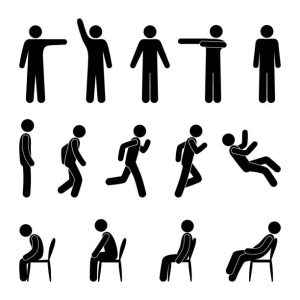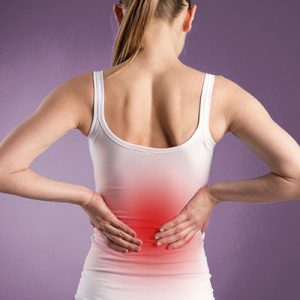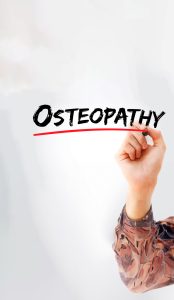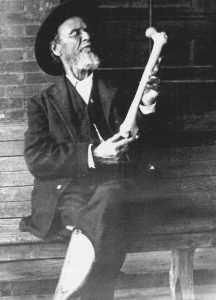Pain is a universal experience, a complex phenomenon that involves both a physical and emotional component. Pain is often defined as an unpleasant sensory and emotional response associated with an actual or potential harmful stimulus to the tissues. And it has a special characteristic: it’s an extremely personal, intimate and private experience. We osteopaths know this well.
There are different types of pain, but they are mainly classified into two categories: acute and chronic. Acute pain usually has an identifiable cause and serves as a warning mechanism for the body, indicating imminent damage or injury. It is a temporary phenomenon, which generally subsides as the underlying condition is treated. Chronic pain, on the other hand, is characterized by persisting beyond the expected healing period. Unlike the former, which is a normal response of the nervous system to a harmful stimulus, chronic pain lasts for prolonged periods, often months or even years. The definition of chronic pain is based not only on its temporal aspect, but also on its impact on the individual’s daily life and quality of life. In terms of time, chronic pain is pain that persists for more than 3 to 6 months. As for the impact on the person’s quality of life, this can include restrictions on daily activities, limitations in functionality and interference in social and professional relationships.
Recent advances in pain research have shed light on how we should look at this issue and how it should be managed. To wit:
- The neurobiology of pain: understanding the neuronal pathways involved in the transmission and modulation of pain has allowed for the development of more specific therapies;
- Non-pharmacological health professions are proving increasingly effective in relieving pain: approaches such as osteopathy, physiotherapy and acupuncture are increasingly accepted by the scientific community and are being integrated by health professionals as complementary or alternative forms to traditional painkillers;
- Neuroplasticity, i.e. understanding how the brain adapts to pain (especially chronic pain), has led to the development of interventions targeting neuroplasticity to relieve persistent symptoms.
- Personalized Approaches: Research in genetics has highlighted individual variability in pain perception, allowing for more personalized treatment strategies.
The osteopathic approach, as a therapeutic practice centered on physical manipulation and various soft tissue techniques aimed at restoring balance to the body, has been the subject of scientific studies that seek to evaluate its effectiveness in relieving pain. Osteopathic manipulative treatment has been shown to be effective in low back pain (Association, 2016; Franke et al., 2014; Licciardone et al., 2005), in pediatric conditions (Cerritelli et al., 2013; Lanaro et al., 2017), and also in neck pain (Franke et al, 2015).
In all the studies, the results indicated significant improvements in pain intensity, range of motion and functionality after osteopathic intervention, suggesting tangible benefits for patients and measurable ones for healthcare professionals. In addition to musculoskeletal pain, there are several experimental clinical trials that show the potential benefits of osteopathic treatment for conditions such as migraines and tension headaches. However, more robust studies are needed to generalize these conclusions.
The articles cited above provide valuable insight into the effectiveness of osteopathy in pain management, highlighting the importance of this approach as a therapeutic option. However, it is essential to note that results can vary between individuals, and consultation with a qualified professional is crucial to determine the most appropriate approach for each case.
In conclusion, osteopathy is emerging as an effective approach to pain relief, with a growing base of scientific evidence validating its benefits. Studies show significant improvements in musculoskeletal pain as well as other conditions. Continued research and collaboration between health professionals are fundamental to the constant evolution of this area and to providing effective therapeutic options for our patients.
Bibliographical references:
Association, A. O. (2016). American Osteopathic Association Guidelines for Osteopathic Manipulative Treatment (OMT) for Patients With Low Back Pain. Journal of Osteopathic Medicine, 116(8), 536-549. https://doi.org/10.7556/jaoa.2016.107
Cerritelli, F., Pizzolorusso, G., Ciardelli, F., La Mola, E., Cozzolino, V., Renzetti, C., D’Incecco, C., Fusilli, P., Sabatino, G., & Barlafante, G. (2013). Effect of osteopathic manipulative treatment on length of stay in a population of preterm infants: a randomized controlled trial. BMC Pediatrics, 13(1), 65. https://doi.org/10.1186/1471-2431-13-65
Franke, H., Franke, J.-D., & Fryer, G. (2014). Osteopathic manipulative treatment for nonspecific low back pain: a systematic review and meta-analysis. BMC Musculoskeletal Disorders, 15(1), 286. https://doi.org/10.1186/1471-2474-15-286
Franke, H., Franke, J., & Fryer, G. (2015). Osteopathic manipulative treatment for chronic nonspecific neck pain: A systematic review and meta-analysis. International Journal of Osteopathic Medicine, 18, 255-267. https://doi.org/10.1016/J.IJOSM.2015.05.003.
Lanaro, D., Ruffini, N., Manzotti, A., & Lista, G. (2017). Osteopathic manipulative treatment showed reduction of length of stay and costs in preterm infants: A systematic review and meta-analysis. Medicine, 96(12), e6408. https://doi.org/10.1097/md.0000000000006408
Licciardone, J. C., Brimhall, A. K., & King, L. N. (2005). Osteopathic manipulative treatment for low back pain: a systematic review and meta-analysis of randomized controlled trials. BMC Musculoskeletal Disorders, 6(1). https://doi.org/10.1186/1471-2474-6-43







